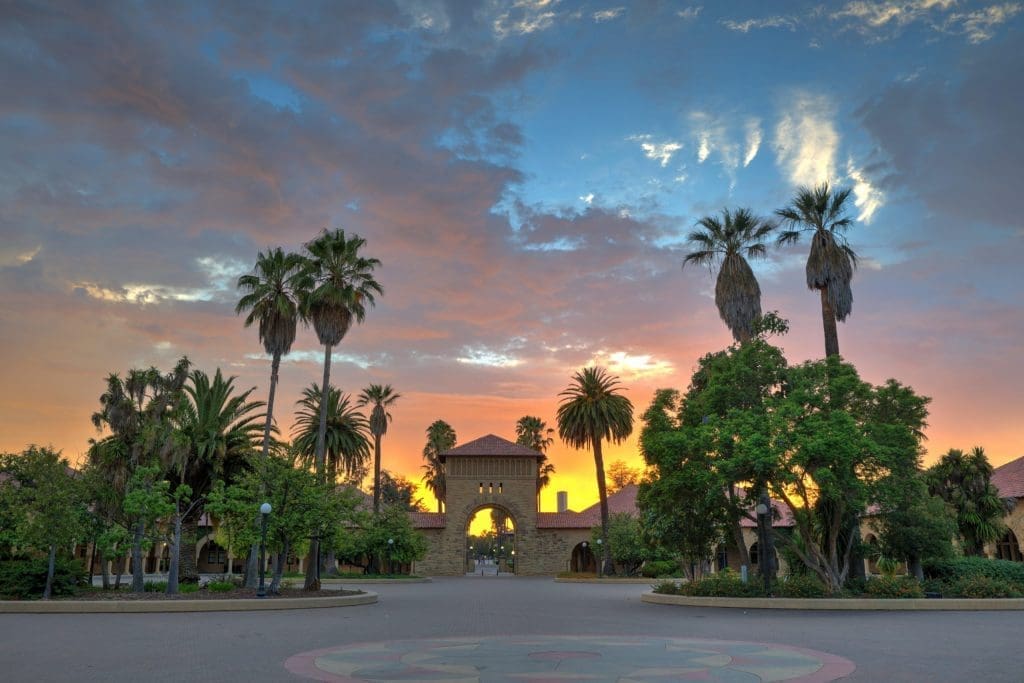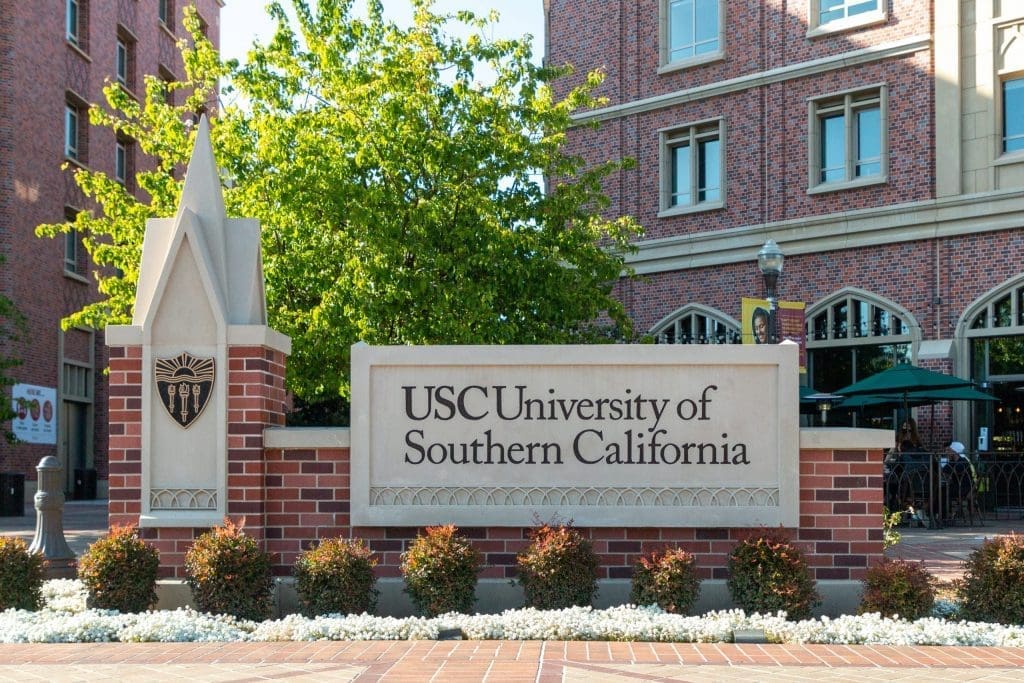Every year, millions of college-bound students dream of attending a school in California. There are many good reasons why the country’s most populous state is also a popular university destination. For starters, California’s generally pleasant year-round weather and outdoor beauty are a draw. Not to mention access to tech and entertainment hubs (read: jobs), and a large selection of top public and private institutions to choose from. All this variety means there’s something for almost everyone there.
So, what are your chances of getting into a California university?
Like so many things in life, it depends on where you’re starting—and what your goals are. California is a big state with a wide range of types of universities and their accompanying requirements. The Stanford University acceptance rate is going to be different from UC Berkeley’s acceptance rate, for example.

Familiarizing yourself with the options is the first step to understanding what it takes to get in.
Top Public and Private Universities in California
Acceptance rates at public and private universities in California, or anywhere in the country, vary widely. Lots of students think private universities are always more strict with their requirements, but some top public universities are actually more stringent. It’s worth comparing the details. Let’s take a look at both.
Public universities in California
California’s public universities are well-known, well-respected, and numerous. There are two main public school systems: the University of California system, and the California State system.
The University of California, for starters, has ten campuses, including UC Los Angeles, UC Berkeley, and UC Santa Barbara. These are more research-centered institutions, aimed at preparing students for career pathways based on analytical thinking. The California State University system, on the other hand, serves a larger population, with technical as well as professional certifications and degrees available. San Diego State University is another institution with high name recognition, as is California Polytechnic State University (Cal Poly).
Even among public universities in California, the acceptance rates can vary. UC Berkeley’s acceptance rate is 11%, while UC Davis’ is 37%. San Diego State University has an acceptance rate of 37.9%. Meanwhile, Cal Poly applicants can expect a 30% acceptance rate (San Luis Obispo campus). The hardest public school to get into in California at the time of this writing is UC Los Angeles, with an acceptance rate of just 9%. As we’ll see, that’s not much different from the acceptance rates at some private schools in California.
Private universities in California
Often mistaken for an Ivy League school, Stanford University is the most recognizable private school in California. The University of Southern California (USC) and Pepperdine University are other well-known private institutions in the state.

Acceptance rates among these California private universities vary. Stanford University’s acceptance rate is one of the lowest in the country at slightly under 4%, while students will experience a 49% acceptance rate at Pepperdine. The USC acceptance rate is 12%, similar to Berkeley’s acceptance rate, which is a public university.
Note that as one of the most exclusive schools in the country, Stanford University’s acceptance rate of 4% places it in the same rung as Harvard and Princeton, which are, in fact, Ivy League schools.
Acceptance Rates at Additional California Universities
Here are examples of acceptance rates at other California public and private universities, to give you an idea of the range of possibilities around the Golden State:
- California Institute of the Arts – 25% acceptance rate
- Fresno Pacific University – 75% acceptance rate
- University of California Irvine – 21% acceptance rate
- California State University Long Beach – 40% acceptance rate
- Harvey Mudd College – 13% acceptance rate
- Menlo College – 62% acceptance rate
How to Maximize Your Chances of Getting into a California School
In general, getting into a California college or university requires the same standards and commitment to the application process as other states. Much like your goals for getting into other U.S. colleges and universities, you’ll need to show your commitment to your studies.
That said, for the top schools (UC Berkeley’s acceptance rate and USC’s acceptance rate are lower than many other CA schools, for example), you might need to demonstrate exceptional academic achievement and other outstanding accomplishments.
Overall, college-bound students should get serious about being able to demonstrate the following qualities to the admissions committee:
High grades
Your GPA is one of the easiest ways to distinguish yourself in the eyes of the admissions committee. Research the average GPAs of incoming freshmen to your ideal colleges and universities. Keep those numbers in mind throughout your high school years, and aim to match or exceed them.

For entry into the most elite schools, you should also consider the difficulty of your class load. Top grades in tough classes (AP classes, college-level classes, etc.) are one of the things admissions officers at schools with low acceptance rates look for to differentiate amongst highly qualified applicants.
Above-average test scores
Like with grades, you can research the average SAT and ACT scores of the incoming freshmen at your top choice schools. Then, aim to match or beat those scores by preparing for the exams in study groups, using test guides, or with a tutor.
This is especially true if you’re aiming for the most exclusive schools in California (remember: Stanford University’s acceptance rate is 4%; USC’s acceptance rate is 12%, etc.). Most of the applicants to these elite institutions will have higher than average test scores, and although these schools look at applications in a holistic manner, lower test scores will stand out in a less-than-positive way.
A true commitment to extracurricular activities
Participation in extracurriculars is good, but a years-long commitment to a few of your favorite activities is better. Admissions counselors are impressed when they see students who commit to 1-3 activities outside of the classroom over an extended period of time. This shows dedication and perseverance, which are key qualities college students need to stay in school and complete their degrees.

Bottom line: Your Chances of Getting into a California School? It Depends
First, decide where you will set your sights. Acceptance rates at California colleges and universities range from a low Stanford University acceptance rate of 4% to more generous acceptance rates, such as those of Fresno Pacific University (75%) and Pepperdine University (49%). As you now know, it’s a mistake to assume that public universities always have higher acceptance rates than private universities. Some of California’s top public universities in the storied UC system have more competitive acceptance rates than private institutions across the state.
Do your research to know the acceptance rates for your desired schools before you begin applying. Study their website and learn what, beyond the standard high grades and strong extracurriculars, admissions counselors are looking for in prospective students. One thing is for sure: If studying in California is your dream, this large state with plentiful public and private options has plenty to offer.
